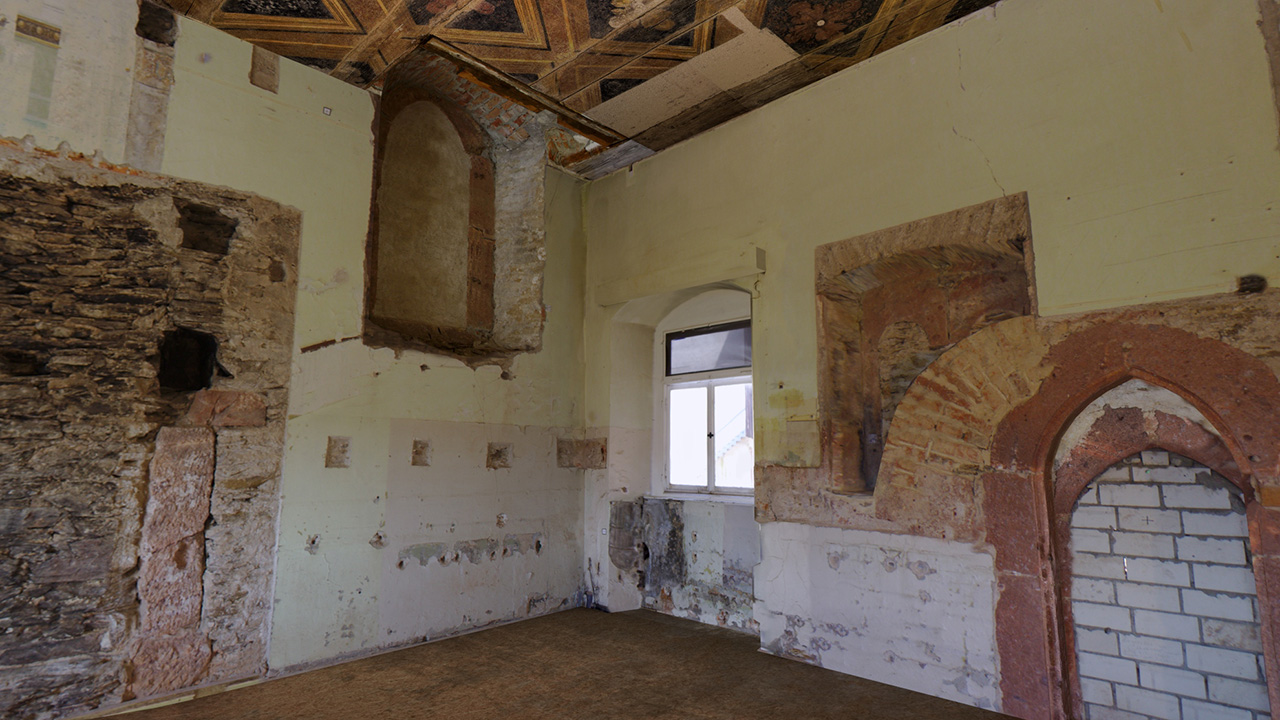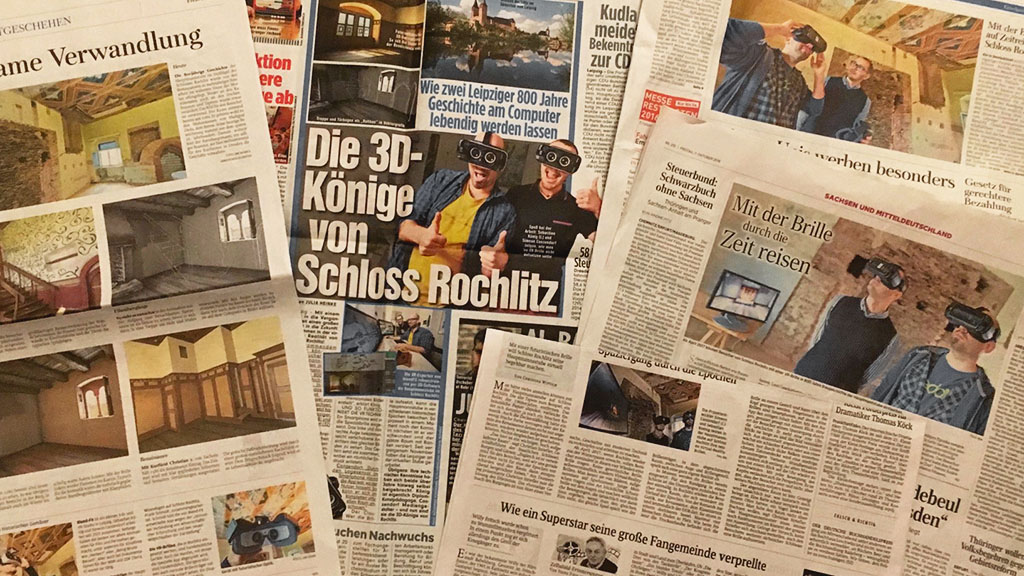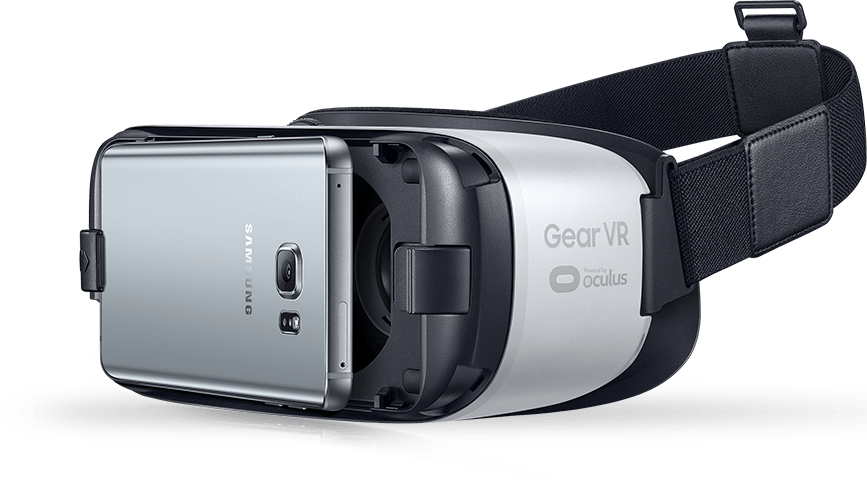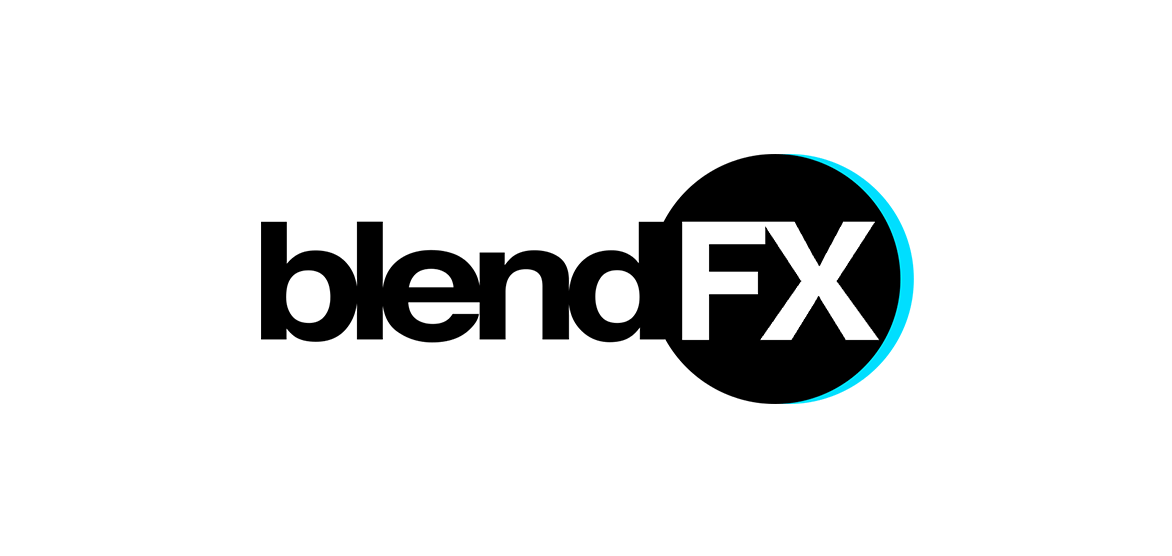ROCHLITZ VR



“Rochlitz VR” is a virtual reality app which we created for “Schlösserland Sachsen”. It’s a virtual reconstruction of one of the chambers from the old castle “Schloss Rochlitz” in Saxony, Germany. Today you can see the remains of 5 different periods from the 800 years long history of the “captain’s chamber” (Hauptmannsstube) in that room. Our app let’s the user experience the room like it was in the past.
INFO
CLIENT
WORK
YEAR
TOOLS
Blender, Unity

Virtual Reality turned out to be the perfect medium for this!
Together with conservators and museologists we reconstructed the captain’s chamber how it might have looked like in those 5 different periods. The Rochlitz Virtual Reality Experience will be shown on 4 Samsung Gear VR devices inside the captain’s chamber starting in spring 2017.
To achieve the most accurate digital reconstruction possible we worked closely together with the museum’s conservators and museologists, who would provide us with detailed information, data and measurements of the room and the various remains of the different time periods. After modeling, texturing and shading the room in Blender we rendered stereoscopic cubemaps, which were then brought to Unity, where we added the interactive elements. The focus driven user interface makes sure that the app is as intuitive as possible.









